How to make the most of parsley (beyond using it as a garnish)
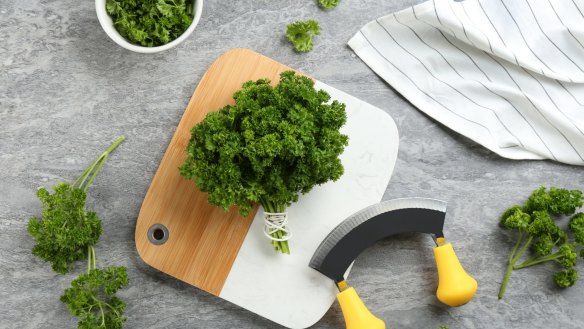
Parsley deserves to be more than an afterthought. When chef Rahman "Rock" Harper, founder of Queen Mother's Fried Chicken in Arlington, Virginia, began his culinary career in the 1990s, he remembers it as almost exclusively a garnish at the time.
Along with lemon wedges and balsamic reductions, it was one of the standards used to beautify plates and give an otherwise bland-looking dish a pop of colour.
"Sometimes you just need a splash of green," he says. "It matters to people."
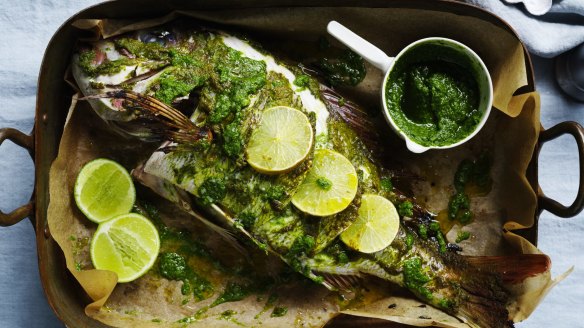
So that's the singular role the verdant herb played for generations, becoming something of a punchline along the way.
"Parsley gets a bad rap, but it's also super-underutilised," Harper says.
He's right. There's so much more it can do than just look pretty. Here's what you need to know to embrace the verdant herb in all of its glory.
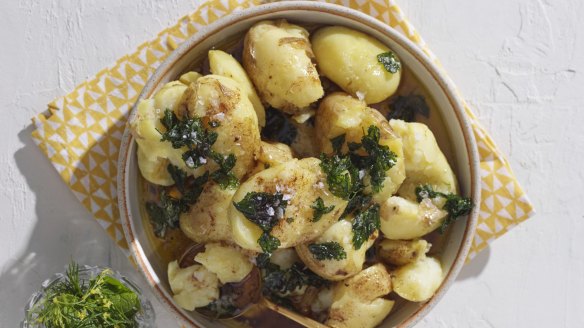
The two types of parsley most commonly available are flat-leaf, aka Continental, and curly. Those names are self-explanatory when it comes to appearance. Curly parsley, with its frilly leaves, also tends to hold up better for photography, food stylist Marie Ostrosky told me, compared to Italian's generally more tender leaves.
Flavour-wise, "the flat one is the one I love", Harper says. Chefs tend to prefer it for its deeper flavour, which can be described as mildly bitter, refreshing and grassy. Curly parsley is mostly just good for adding colour and "doesn't taste like much to me".
Compared to other herbs, parsley is much less assertive but by no means is it insipid. "It is very versatile and neutral enough, but also flavourful enough to go along with everything."
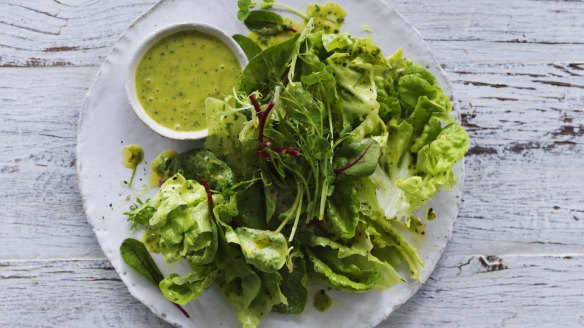
Or as food writer Emily Horton so eloquently wrote in The Washington Post: "Used as a primary seasoning, parsley can carry a dish; its piney, faintly bitter flavour assumes brighter, rounder tones. Paired with more assertive ingredients, it makes a great unifier, assuring balance and nudging harmony forward. Parsley works more conspicuously to allow the whole to make a greater impression."
When shopping for the herb, look for rich green leaves with healthy stems. In terms of storage, my preferred method is to spread the herbs across a barely damp towel, roll into a bundle, place the bundle in a bag and store it in the refrigerator. (You can also place the parsley in a glass, jar or container with a few centimetres of water and keep it on your counter, or cover the bunch and place it in the refrigerator.)
In terms of usage, Harper recommends cooks "use it often and use the whole thing" as the stems are full of flavour too. Sprinkle chopped parsley on scrambled eggs, soups, stews and just about anything else you want to add a hint of fresh herbaceousness to right before serving.
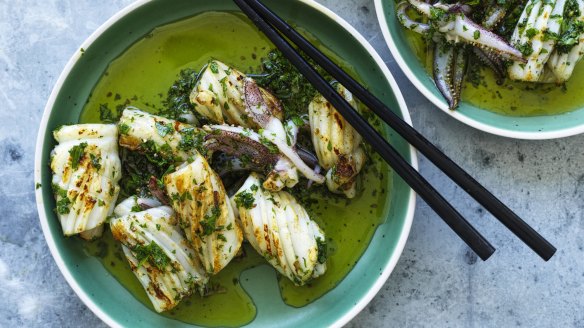
Use the whole leaves and tender stems as a salad green, on their own or in combination with others, or blend them into any manner of sauces or vinaigrettes. (Chimichurri is my personal favorite.) Add the stems to broths, stocks or anything that calls for one of these ingredients. Saute parsley for a side dish as you might do with spinach, or include with other aromatics as the base for a soup. Throw a few sprigs in the blender the next time you make a smoothie ... do I need to go on?
I can't think of an instance where you can use too much parsley, so I am giving you permission to use it with abandon. The one caveat? Stay away from the dried stuff. While I generally love pantry ingredients and dried herbs and spices, dried parsley is a ghost of its former self that I liken to flavourless, papery trash.
The Washington Post